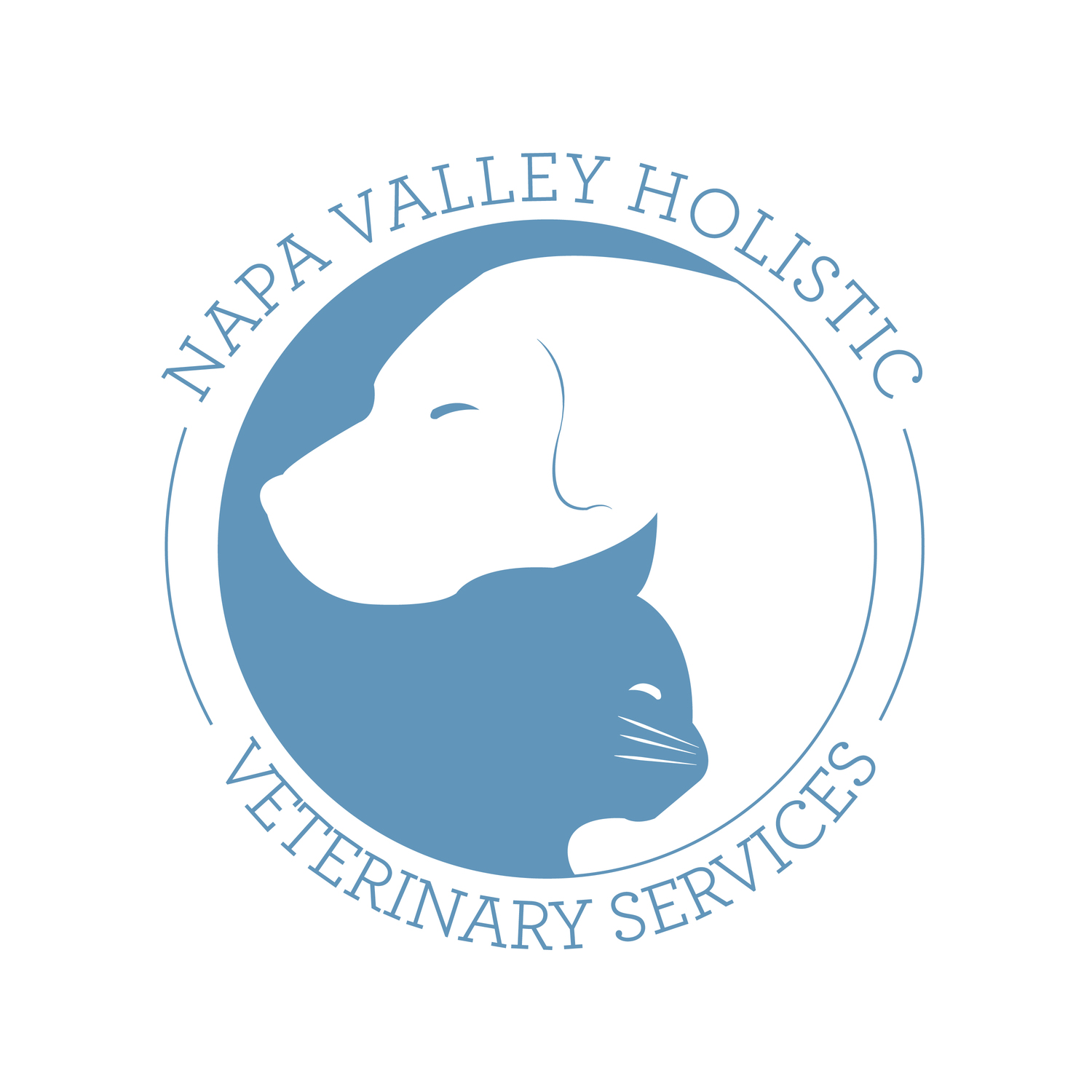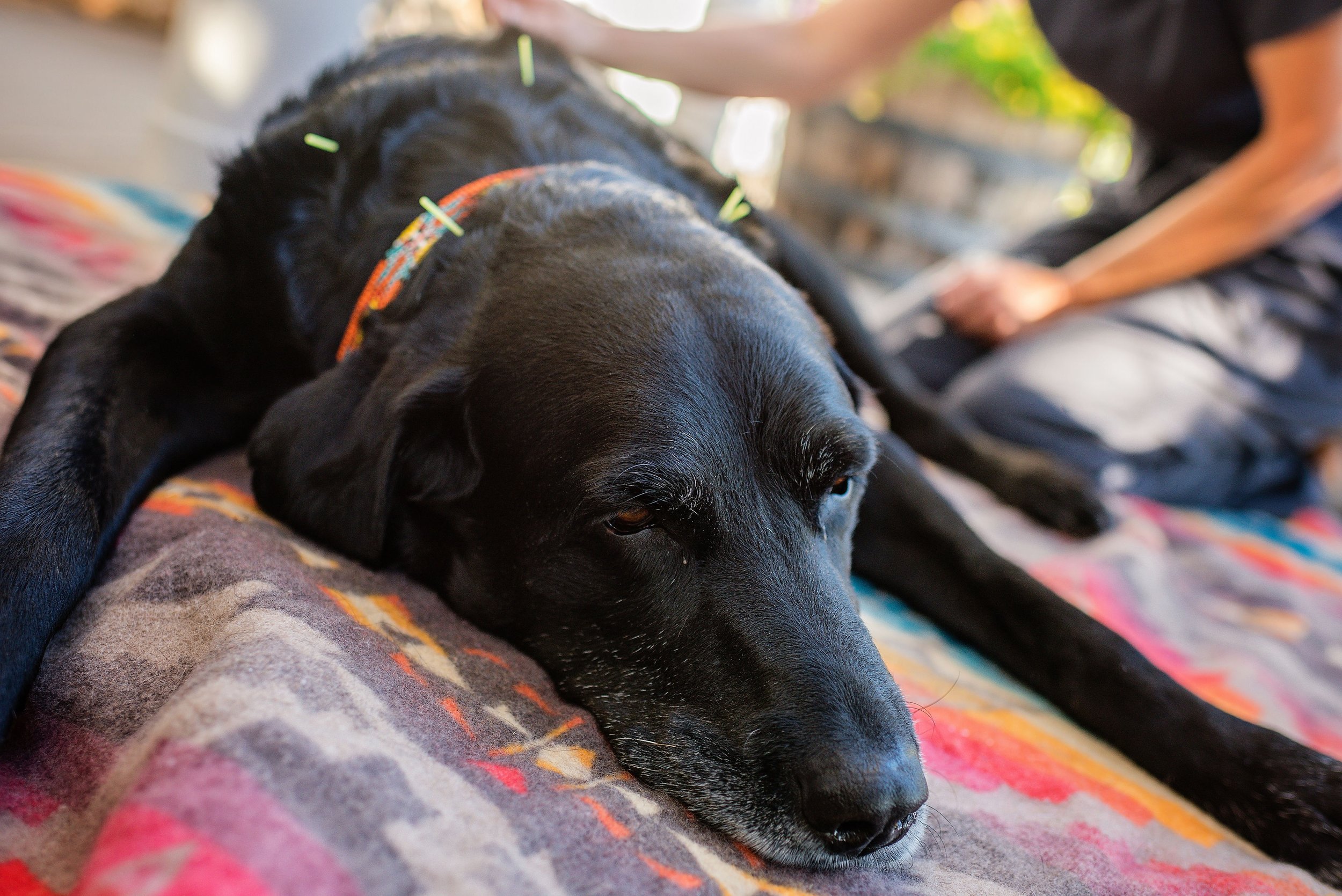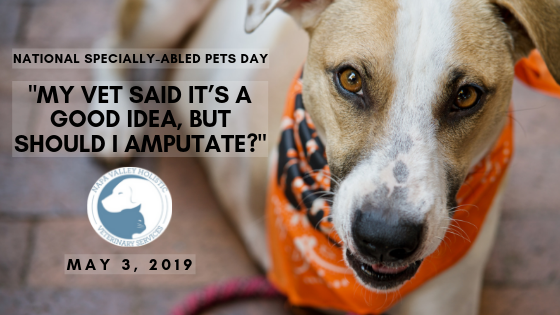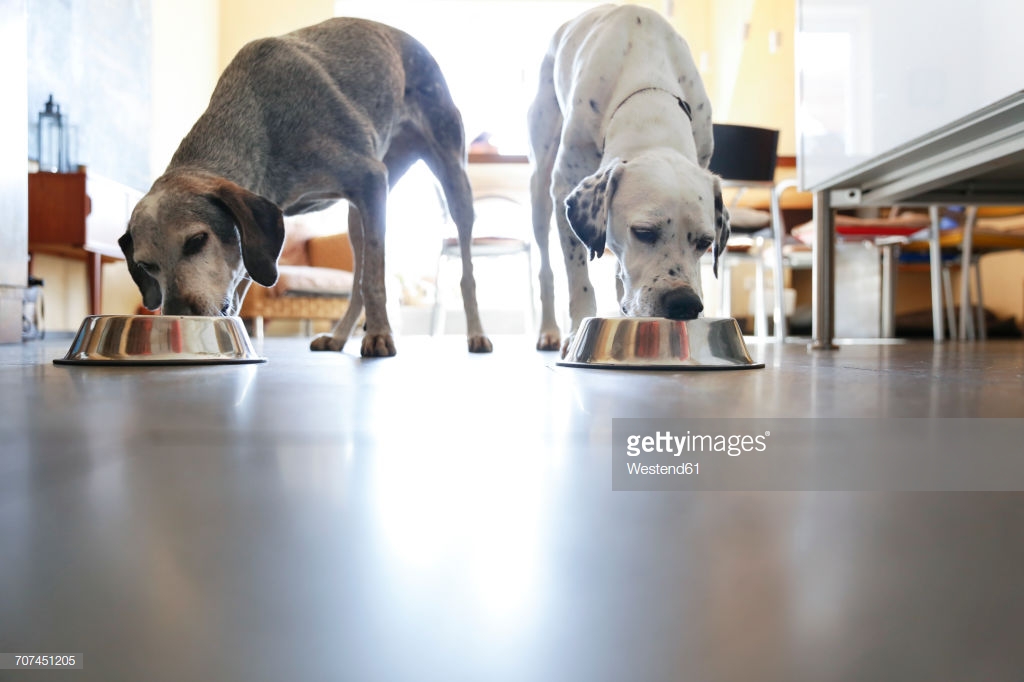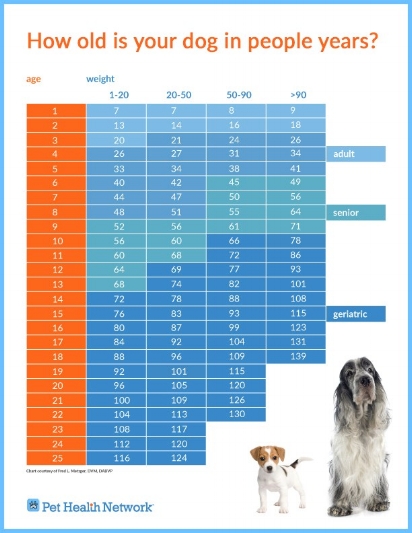Viscum album (Mistletoe) has been used in complementary cancer care for more than 100 years. The use of Viscum album in dogs, cats, and horses has been expanding rapidly in Europe over the past 25 years and is gaining popularity in North America and other countries.
Effective and safe, Viscum album, also called Mistletoe, is a semi-parasitic plant that was originally introduced for the treatment of cancer in humans in the 1920’s by Rudolf Steiner, the founder of Anthroposophic medicine. It was already used by the Celtics in the past as the“all healer” and it started with this tradition in human therapy. Clinically, mistletoe has been found to work equally well for the animals. It has significant beneficial effects on quality of life, tolerance to conventional treatments, the immune function, and overall survival. It can be used at any stage of the cancer journey, from post-surgical to palliative care.
The primary goal of Viscum album therapy for tumour diseases is to improve and maintain the quality of life of the affected animals. Many pets, especially dogs, can show a rapid improvement in their general condition during the therapy, with deeper relaxed sleep and an improved appetite. Older animals are often more active on their daily walks. Tumour-related pain and the side effects of chemotherapy and radiation treatment can be reduced. At the same time the immune system can be strengthened. In some animals, a retardation of tumour growth has been observed up to growth stagnation. If a cure for cancer is no longer possible, Viscum therapy can be used as palliative care to alleviate disease symptoms.
We are so excited to offer this therapy at Napa Valley Holistic Veterinary Services! We will be working closely with Dr. Gisela Novaes, a holistic veterinarian and worldwide expert in injectable Mistletoe therapy, to develop individualized protocols for our cancer patients.
Dr. Gisela Novaes is a holistic veterinarian, with a master’s degree in homeopathic medicine. She was educated in Brazil and graduated in anthroposophic medicine. She has always been passionate about natural medicine and animals. Looking for more supportive care for cancer patients she started studying Viscum album or Mistletoe therapy. She used Viscum album in private practice as well as in a clinical research setting for more than 20 years before relocating to Canada 7 years ago with her family including a Golden Retriever and a senior cat that lived until she turned 21 years old. She is one of the world's experts on the topic of the Viscum album in holistic veterinary medicine. In partnership with Dr. Kimberly Schmidt she will share her vast experience offering guidance on Viscum album therapy for the patients of Napa Valley Holistic Vet.
Please call 707-535-9979 or email info@napaholisticvet.com for more information. This is a service that we can only offer to our local clients in the Napa Valley. We are a house-call only practice and this is a specialized treatment that requires in-person follow-up from one of our veterinarians.
Dr. Kim Schmidt, DVM, CVA, GDipVWHM, CVCH, CVFT
